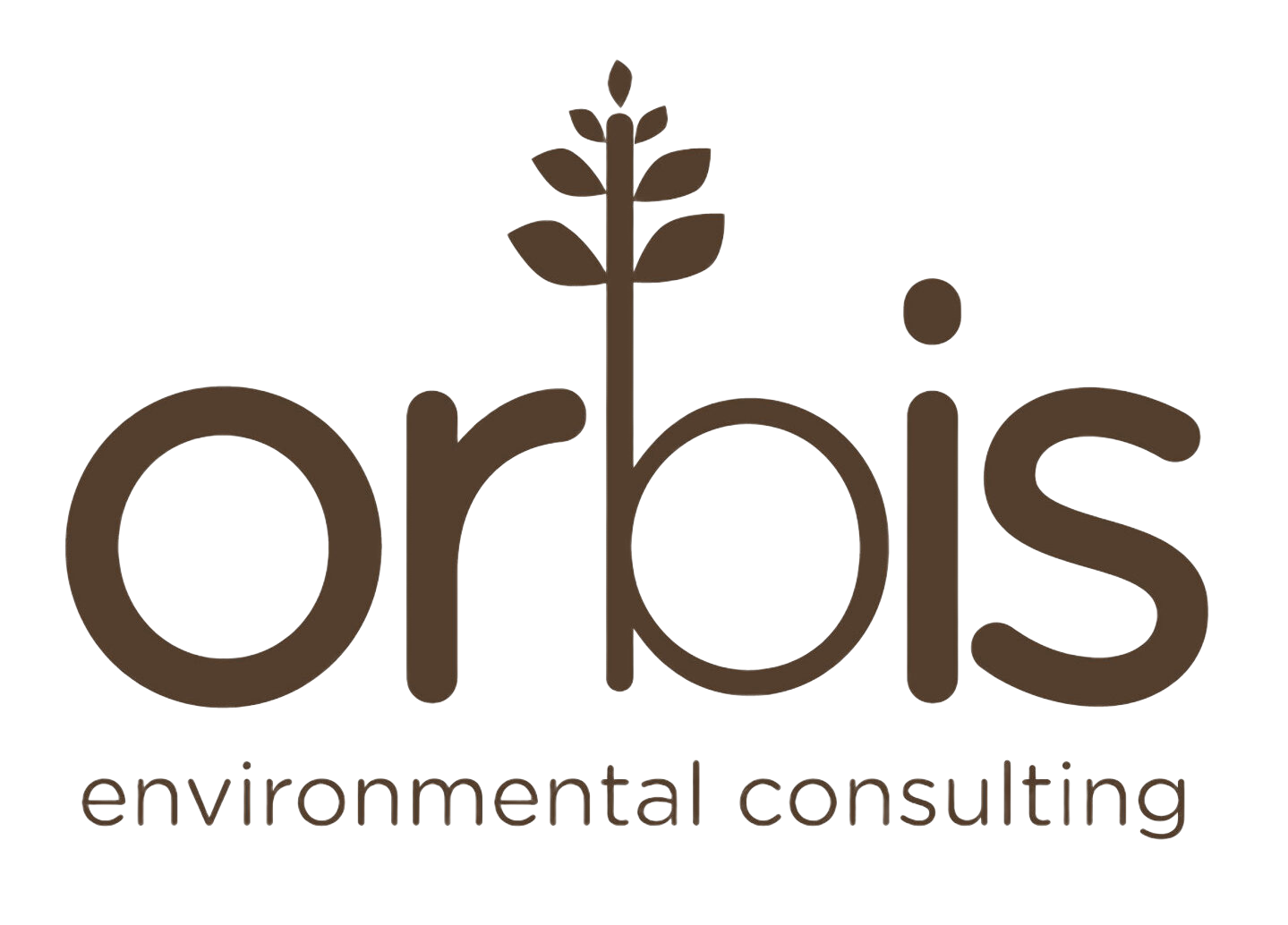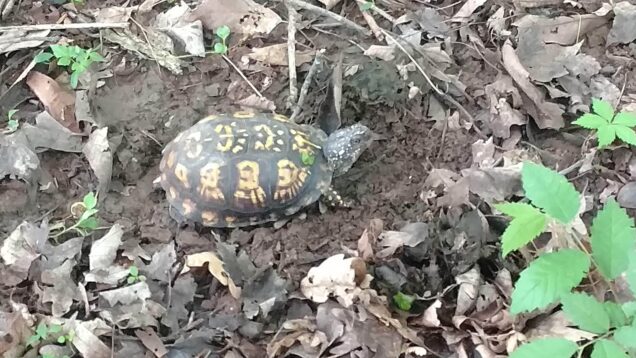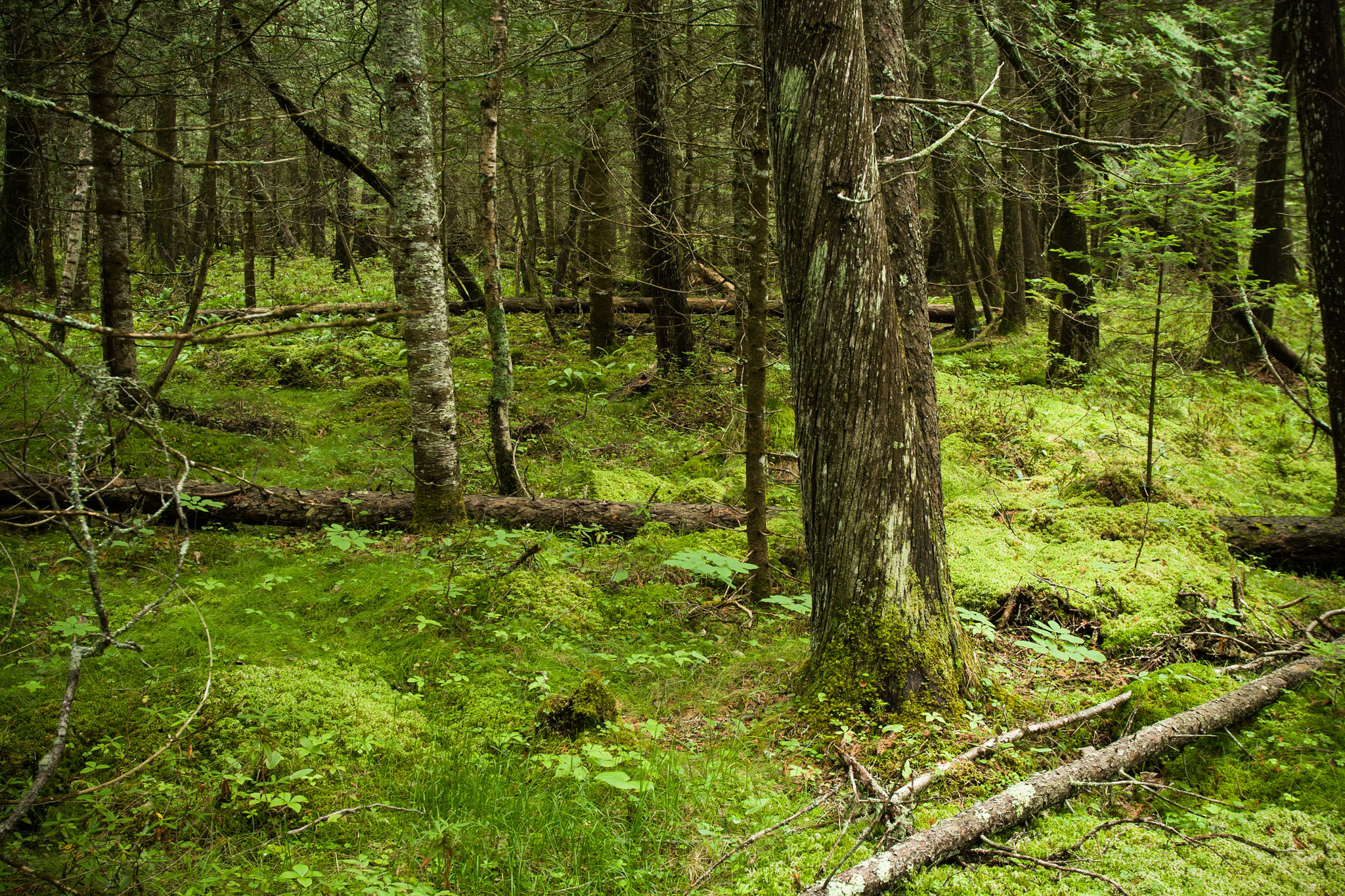Our outdoor spaces
Outdoor spaces are important for our health and well-being. They hold aesthetic value and provide us with space for recreation and respite, which can enhance physical and psychological well-being. For many people, a yard space is the only slice of nature they experience.
We manage our outdoor spaces according to the values we hold, encouraging plants we value, and discouraging those we do not. Some use their outdoor space to grow food gardens, lush green lawns or showy ornamentals, while others showcase the indigenous plants of the region and create wildlife habitat. Many people maintain multi-use spaces and partition areas with different plant types. Measured by surface area, it seems that the most valued plant assemblage in urban and suburban areas is the classic turf lawn. The “ideal” lawn contains one grass species (generally referred to as “turf grass”) and few if any “weeds” (everything else). In the lawn, we spend a lot of time, energy and money to care for the turf grass and discourage other plants. But, what is a turf grass anyway? And what are all those “weeds”?
Four “typical” lawns
To answer these questions, I examined species composition of lawns across four central midwestern states. Each lawn contained the usual non-native turf grass species including Kentucky bluegrass (Poa pratensis) and tall fescue (Schedonorus arundinaceus), and had a similar suite of “weeds,” including clover (Trifolium species), common blue violet (Viola sororia), dandelion (Taraxacum officinale), creeping Charlie (Glechoma hederacea)and plantain (Plantago species).
Because the lawn is not a naturally occurring plant community, to maintain one requires significant time and resources. A uniform lawn of turf is nice for kicking a sport ball around, but a lawn with space for other plants can also provide habitat for the pollinators that help grow the food we enjoy but are threatened by habitat loss and climate change. By using native plants in our lawns we can also reduce our use of water, fertilizer, herbicide, and help shrink our carbon footprint. This can help us spend less time working on the lawn and more time enjoying it.
What’s in your lawn?
You can begin by thinking about how you use the space in your lawn and perhaps re-evaluating your position on lawn-care maintenance. Seek out the nurseries in your region to find the best native plant material. In the meantime, check out this fun field guide to the plant species you might find already growing in your own lawn.
Click here to download Flora of the Lawn



